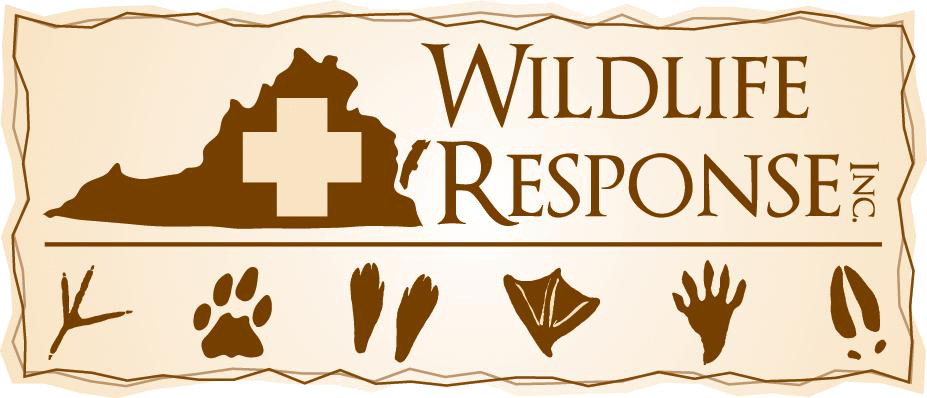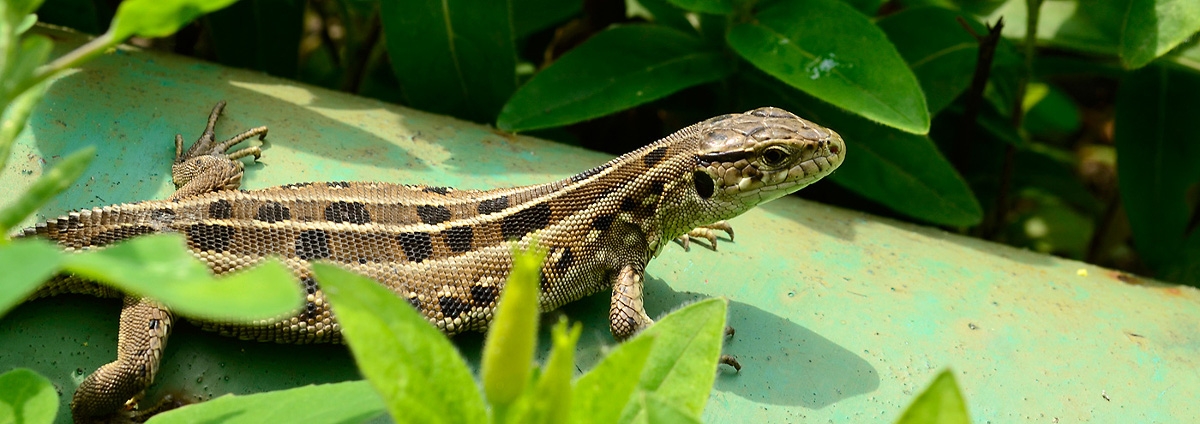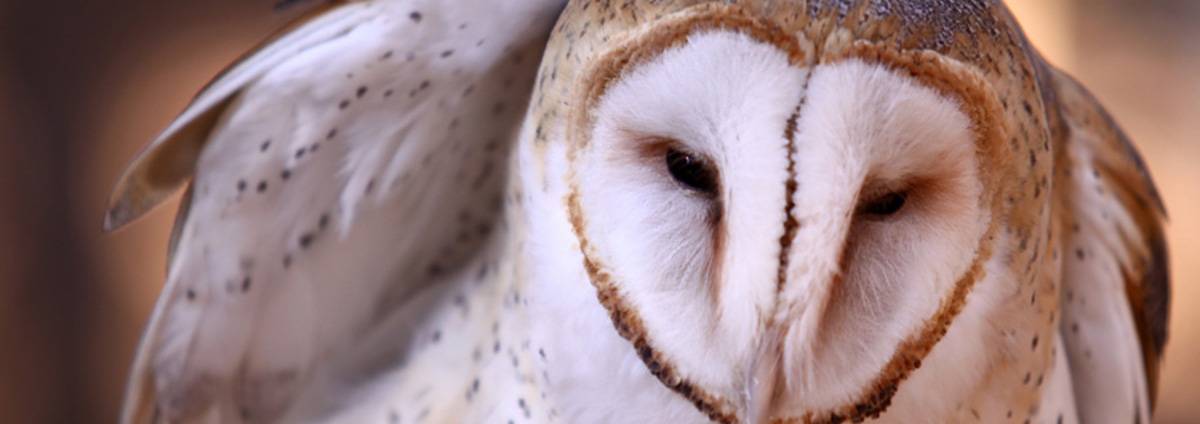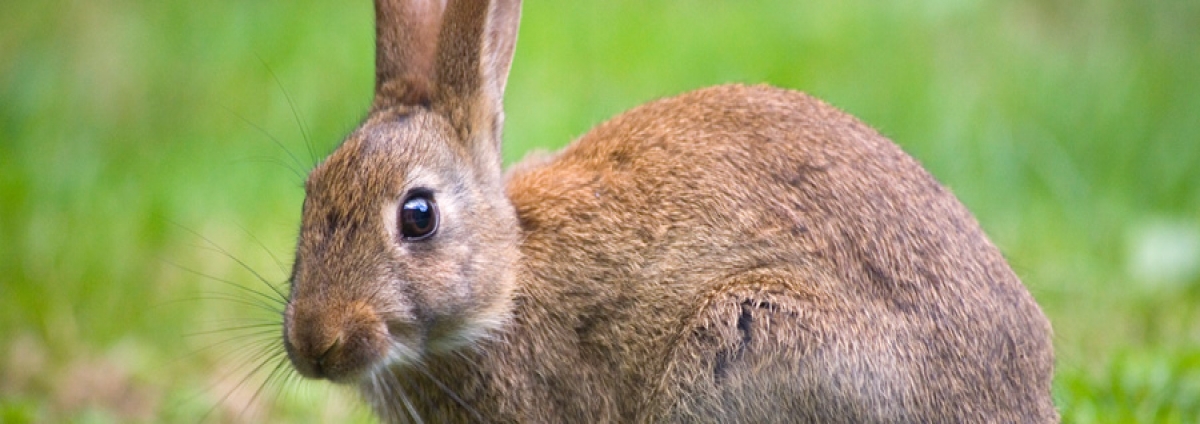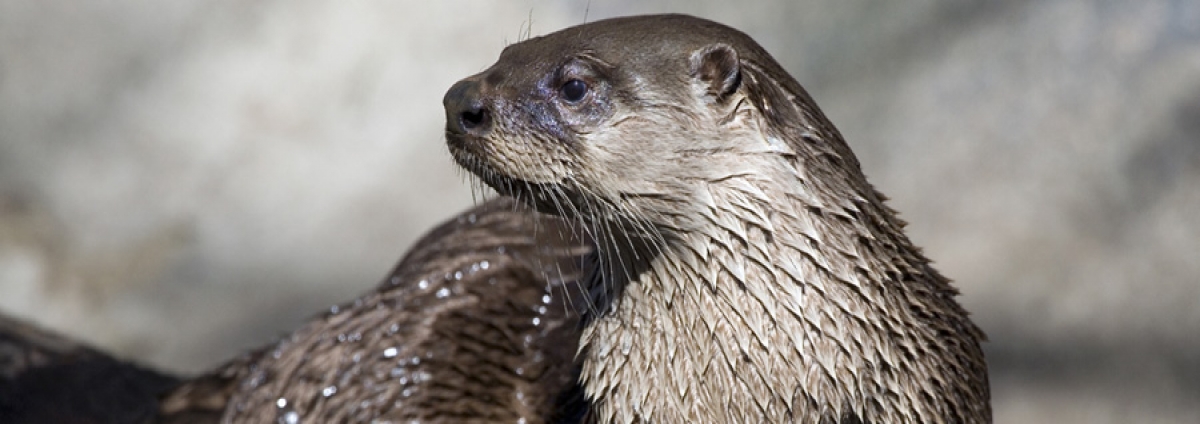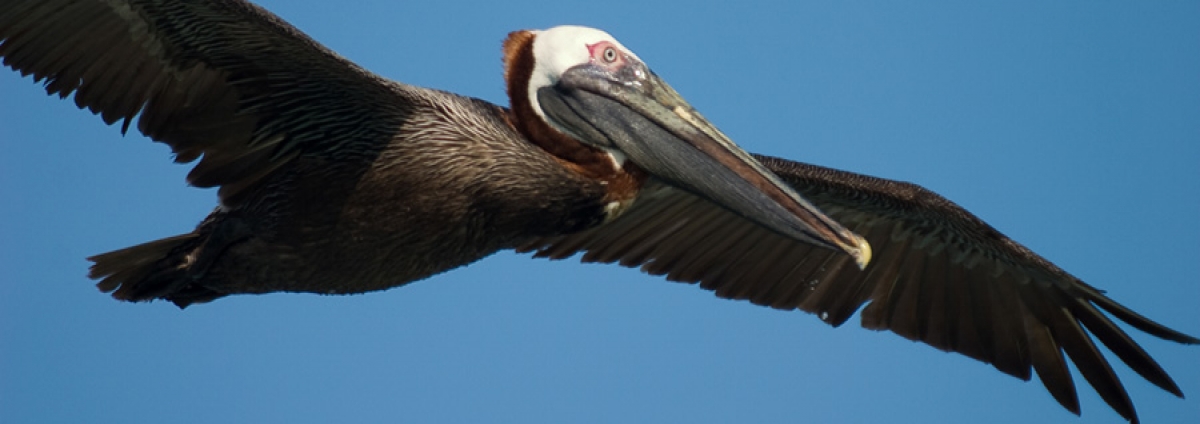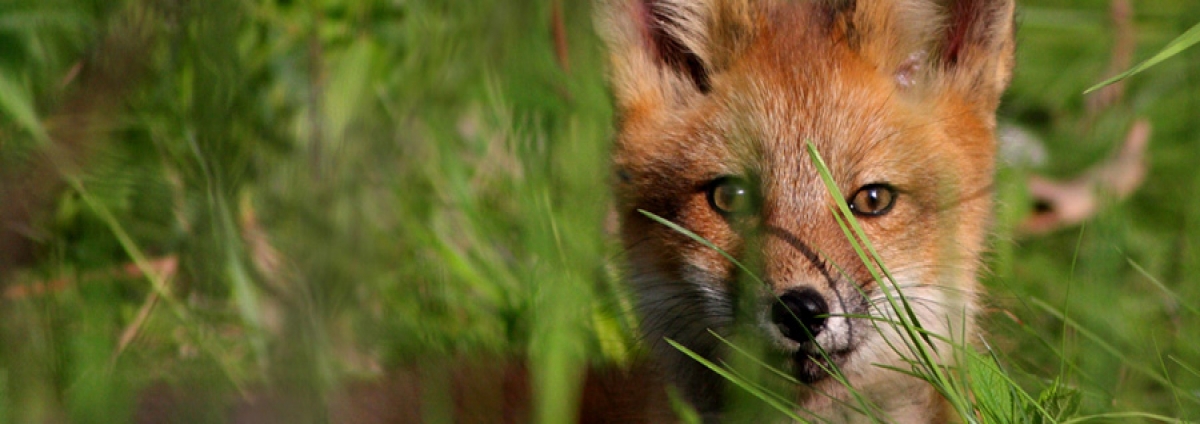Wildlife Response, Inc. is a distinctive 501c3 volunteer organization devoted solely to the care of orphaned, injured, and displaced native wildlife. We are dedicated to increasing awareness of wildlife rehabilitation to the public. Our organization depends primarily upon the private donations for its programs and services.
The Wildlife Response and Rehabilitation Center will be a centrally located facility where citizens, animal control officers and other agencies can drop off wildlife. In addition, the Center will provide a redistribution center for animals to be triaged, and then sent to permitted-based wildlife rehabilitators for care. The Center is expected to open in 2025.
Rescue Stories
Blue Jay in sponge bed
 This little fledgling blue jay was admitted with a badly splayed leg and was unable to walk without "paddling" his wings along the ground. The vet made a sponge-rubber and cardboard splint that the bird's legs were "taped" into. He remained in the splint for 6 days and the splayed leg improved dramatically. Within two days after the splint was removed , he was walking normally. Although the leg was never quite perfectly aligned it functioned well enough for him to be released.
This little fledgling blue jay was admitted with a badly splayed leg and was unable to walk without "paddling" his wings along the ground. The vet made a sponge-rubber and cardboard splint that the bird's legs were "taped" into. He remained in the splint for 6 days and the splayed leg improved dramatically. Within two days after the splint was removed , he was walking normally. Although the leg was never quite perfectly aligned it functioned well enough for him to be released.
 By Connie Sale
By Connie Sale
Wrapped-up Hummingbird
 This little hummingbird flew into a window and broke the humerus bone of her wing. The vet gave her anesthesia and wrapped her wing with paper tape as a splint. The splint stayed on for a week and was removed. Three days later she flew clumsily out her recovery cage. A week later she was flying around the rehab room. After spending another three weeks in a large flight cage re-learning how to hover to nectar from flowers and catching fruit flies on the fly, she was raring to go and released into the wild.
This little hummingbird flew into a window and broke the humerus bone of her wing. The vet gave her anesthesia and wrapped her wing with paper tape as a splint. The splint stayed on for a week and was removed. Three days later she flew clumsily out her recovery cage. A week later she was flying around the rehab room. After spending another three weeks in a large flight cage re-learning how to hover to nectar from flowers and catching fruit flies on the fly, she was raring to go and released into the wild.
By Connie Sale
Juvenile Hummingbird
You may remember the little juvie hummer I got in last summer who got into epoxy floor paint. Well he has come along just GREAT, his ulcers have healed, he has completely feathered in, he has completely replaced all his damaged feathers, and he has molted into his adult plumage. I am happy to report that he was released in perfect shape.
Photos showing his progress:
 |
 |
 |
The first pic was taken 9/24/05, the second pic was taken 4/2/06, and the last pic was taken the day before his release on 5/6/06.
During his entire rehab period, he has been on a diet of mostly unsupplemented NekTar Plus with only occasional supplements of Nekton Tonic I and/or Nekton Bio (to promote feather growth). He also loved his daily baths. He was a real trooper throughout this whole process.
Godspeed, Mr. Icky!
By Connie Sale
Snowshoe Robin
 This little fledgie robin was admitted with a tightly balled-up foot. He could not hop nor walk without losing his balance and falling over. The vet decided to fashion a little "snow-shoe" and tape his toes flat in the hopes that his toes could be straightened out and become uncurled. He wore the snow-shoe for a week and it WORKED! The little toes straightened out nicely, and did not curl back up. Within another week he was hopping and perching normally. He was released in perfect shape two weeks later.
This little fledgie robin was admitted with a tightly balled-up foot. He could not hop nor walk without losing his balance and falling over. The vet decided to fashion a little "snow-shoe" and tape his toes flat in the hopes that his toes could be straightened out and become uncurled. He wore the snow-shoe for a week and it WORKED! The little toes straightened out nicely, and did not curl back up. Within another week he was hopping and perching normally. He was released in perfect shape two weeks later.
By Connie Sale
The Tidwell Owl
 Lisa had called me to see if I knew anyone who could climb a tree to put a baby Great Horned Owl backup into it’s nest. My husband, Jimmy, got on the phone and said that he could do it.
Lisa had called me to see if I knew anyone who could climb a tree to put a baby Great Horned Owl backup into it’s nest. My husband, Jimmy, got on the phone and said that he could do it.
After four days of rescheduling it the weather finally cooperated. On Sunday March 12th at about 5pm we all went out to Jan & Bob Tidwell’s home. Jimmy climbed a different tree than the one with the original nest because the bottom branch on that Pine was over 50 feet into the air. He was tree climbing, so we picked a tree about 10 feet from the Pine. Jimmy went up into the tree. Once he was into position he lowered a rope, which Lisa tied off to a wicker basket. Jimmy tied the basket in the “Y” of the tree. Some pine needles were added for bedding. Then the rope was lowered once again this time for the Baby Owl that was in a small carrier. (Remember it is gradually getting darker plus Mom & Dad Owl are flying back & forth, letting us know that they were there.) Once it reach Jimmy he took the baby owl out and placed him in the mad made nest. We left some food for the baby. Jimmy climbed back down the tree.
 About four days later, Thursday, we went back out to where the owl was and Jimmy climbed back up the tree … again. He put the baby into the carrier and lowered him down to me. Upon examining the Owl I discovered the little one wasn’t getting enough to eat. At this point the baby was brought back into Wildlife Responses Inc care. The parents were good parents but they were concentrating all their efforts on the alpha baby, which was till in the original nest.
About four days later, Thursday, we went back out to where the owl was and Jimmy climbed back up the tree … again. He put the baby into the carrier and lowered him down to me. Upon examining the Owl I discovered the little one wasn’t getting enough to eat. At this point the baby was brought back into Wildlife Responses Inc care. The parents were good parents but they were concentrating all their efforts on the alpha baby, which was till in the original nest.
 That first night back in our care he ate 11 mice, then 10 more in the morning and again 8 more that following evening. Lisa Barlow has the owl and will release him when he is ready.
That first night back in our care he ate 11 mice, then 10 more in the morning and again 8 more that following evening. Lisa Barlow has the owl and will release him when he is ready.
By Pearl Beamer
